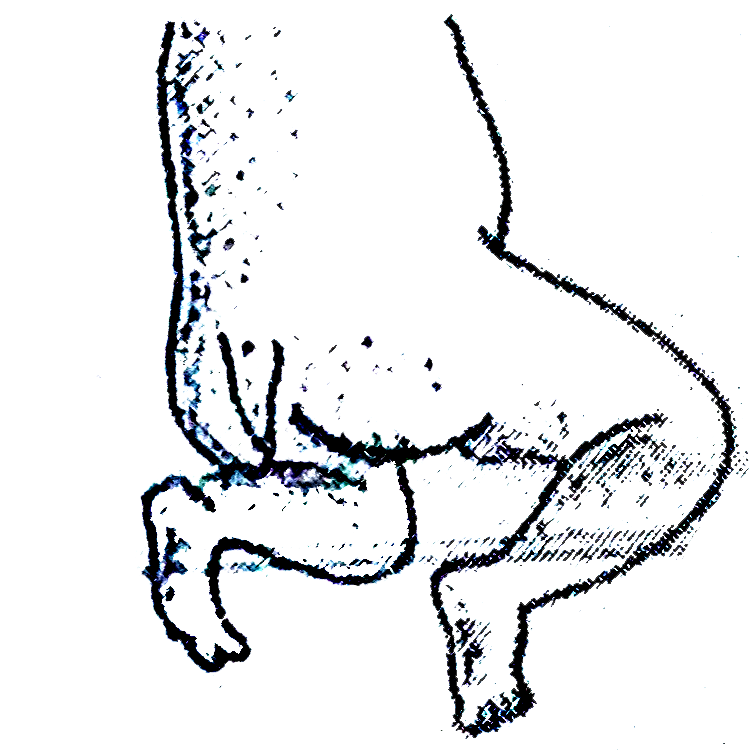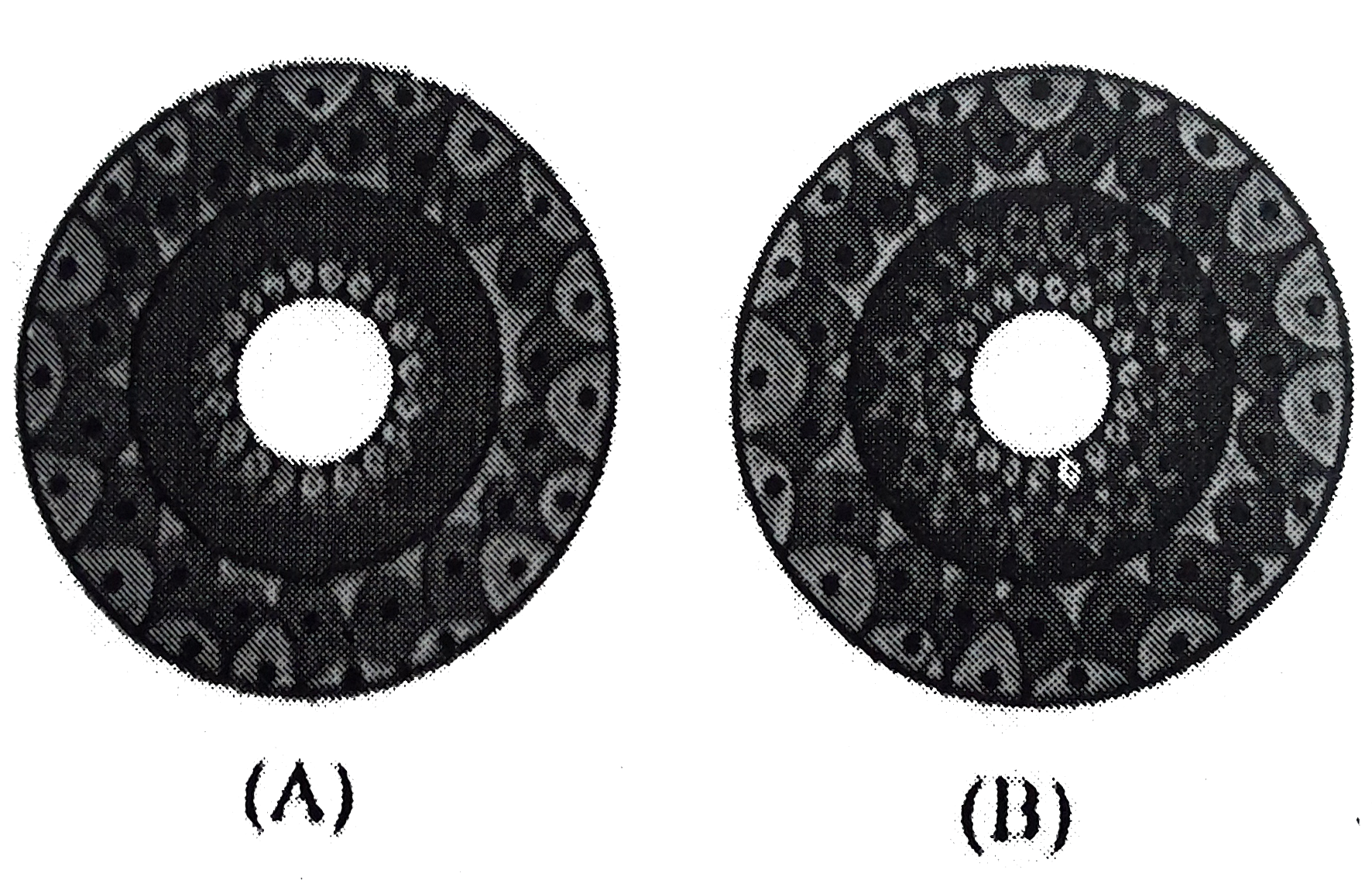Identify the foeto-maternal organ
Embryo
Uterus
Placenta
Blastocyst
The correct Answer is:C
To identify the foeto-maternal organ from the given options (embryo, uterus, placenta, and blastocyst), we can follow these steps:
Step 1: Understand the Options
- Embryo: This is the developing organism but not an organ.
- Uterus: This is the organ where the embryo develops but is not specifically a foeto-maternal organ.
- Placenta: This is the organ that connects the mother and the fetus, facilitating the exchange of nutrients and waste.
- Blastocyst: This is an early stage of the embryo but does not function as a foeto-maternal organ.
Step 2: Identify the Function of Each Option
- The placenta serves as a barrier and interface between the mother and the fetus. It allows for the transfer of oxygen and nutrients from the mother to the fetus and the removal of waste products from the fetus to the mother.
- The uterus provides a nurturing environment for the embryo but does not directly facilitate the exchange of substances.
- The embryo and blastocyst are stages of development and do not function as organs for maternal-fetal exchange.
Step 3: Conclusion
Based on the functions and definitions:
- The placenta is identified as the foeto-maternal organ because it plays a crucial role in connecting the mother and fetus, facilitating nutrient and waste exchange.
Final Answer
The foeto-maternal organ is the placenta.
---
- Embryo: This is the developing organism but not an organ.
- Uterus: This is the organ where the embryo develops but is not specifically a foeto-maternal organ.
- Placenta: This is the organ that connects the mother and the fetus, facilitating the exchange of nutrients and waste.
- Blastocyst: This is an early stage of the embryo but does not function as a foeto-maternal organ.
- The placenta serves as a barrier and interface between the mother and the fetus. It allows for the transfer of oxygen and nutrients from the mother to the fetus and the removal of waste products from the fetus to the mother.
- The uterus provides a nurturing environment for the embryo but does not directly facilitate the exchange of substances.
- The embryo and blastocyst are stages of development and do not function as organs for maternal-fetal exchange.
Based on the functions and definitions:
- The placenta is identified as the foeto-maternal organ because it plays a crucial role in connecting the mother and fetus, facilitating nutrient and waste exchange.
The foeto-maternal organ is the placenta.
Topper's Solved these Questions
Similar Questions
Knowledge Check
- Question 1 - Select One
Identify the locomotary organs in annelida.
ATube feetBSetaeCPseudopodiaDFlagella - Question 2 - Select One
Identify the analogous organs among the following.
AEdible parts of sweet potato and potatoBLeaf of cabbage and leaf of RuscusCMouth parts in cockroach and honey beeDWings of birds and wings of butterfly - Question 3 - Select One
Identify the vestigial organ in human body.
ACoccyxBNictitating membrane of eyeCEar musclesDAll the above
Why cannot you always identify the genotype of an organism from its phenotype?
View SolutionIdentify the vestigial organ in human body
View SolutionIdentify the multicellular organism among the following:
View SolutionIdentify the multicellular organism among the following:
View SolutionIdentify the common feature of analogous organs
View Solution



